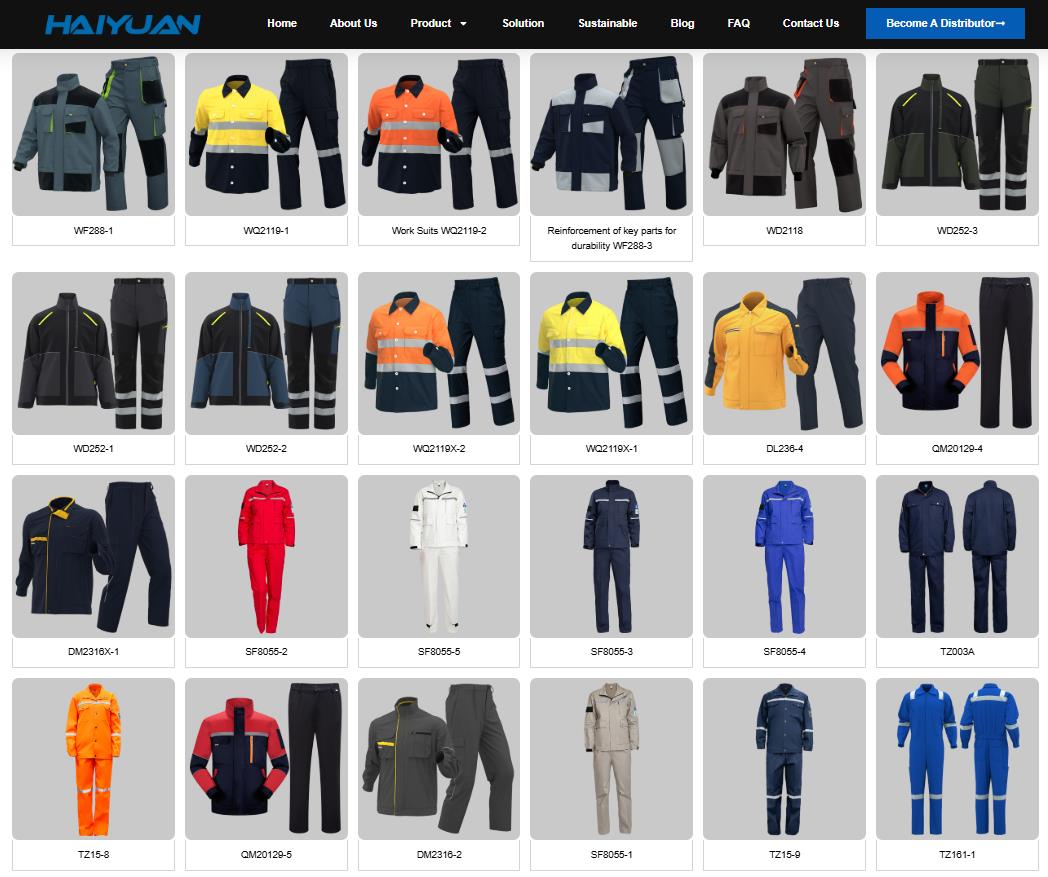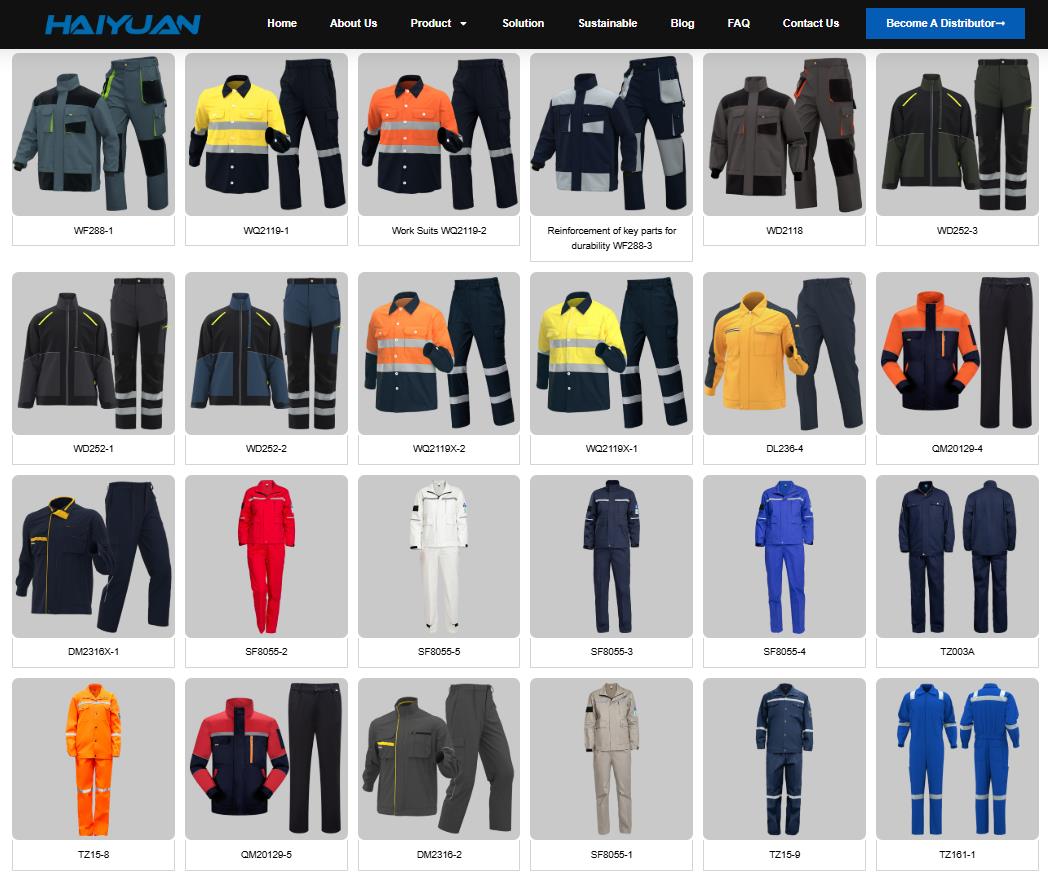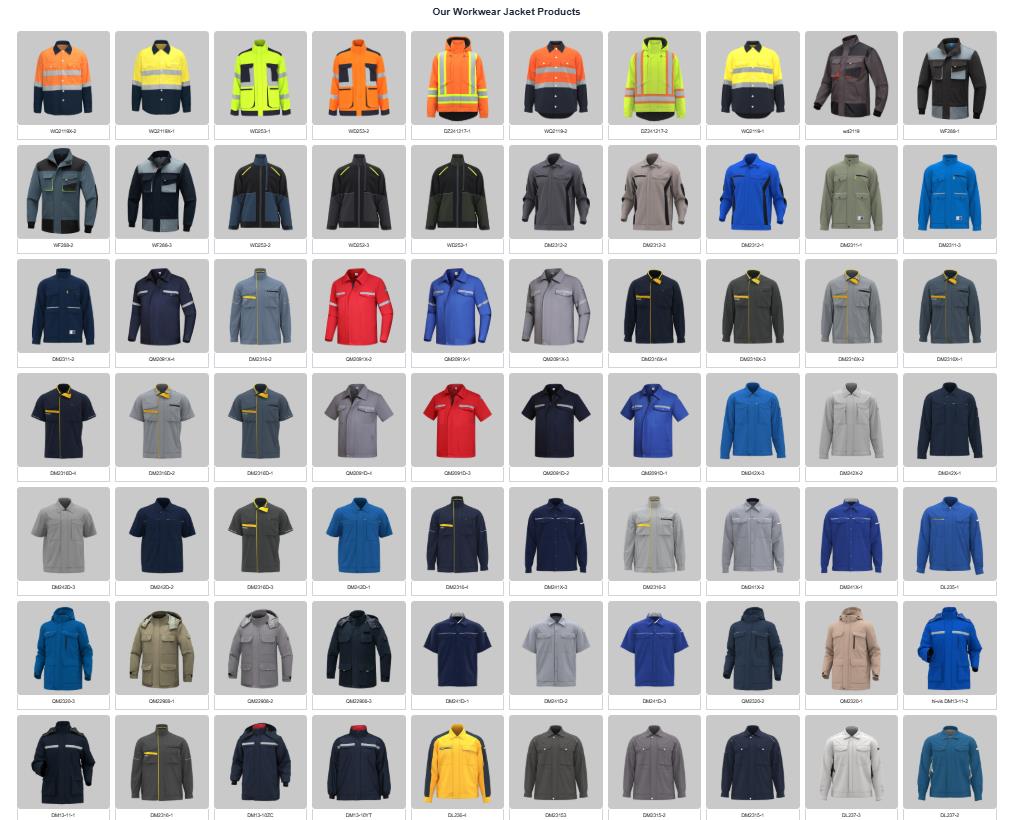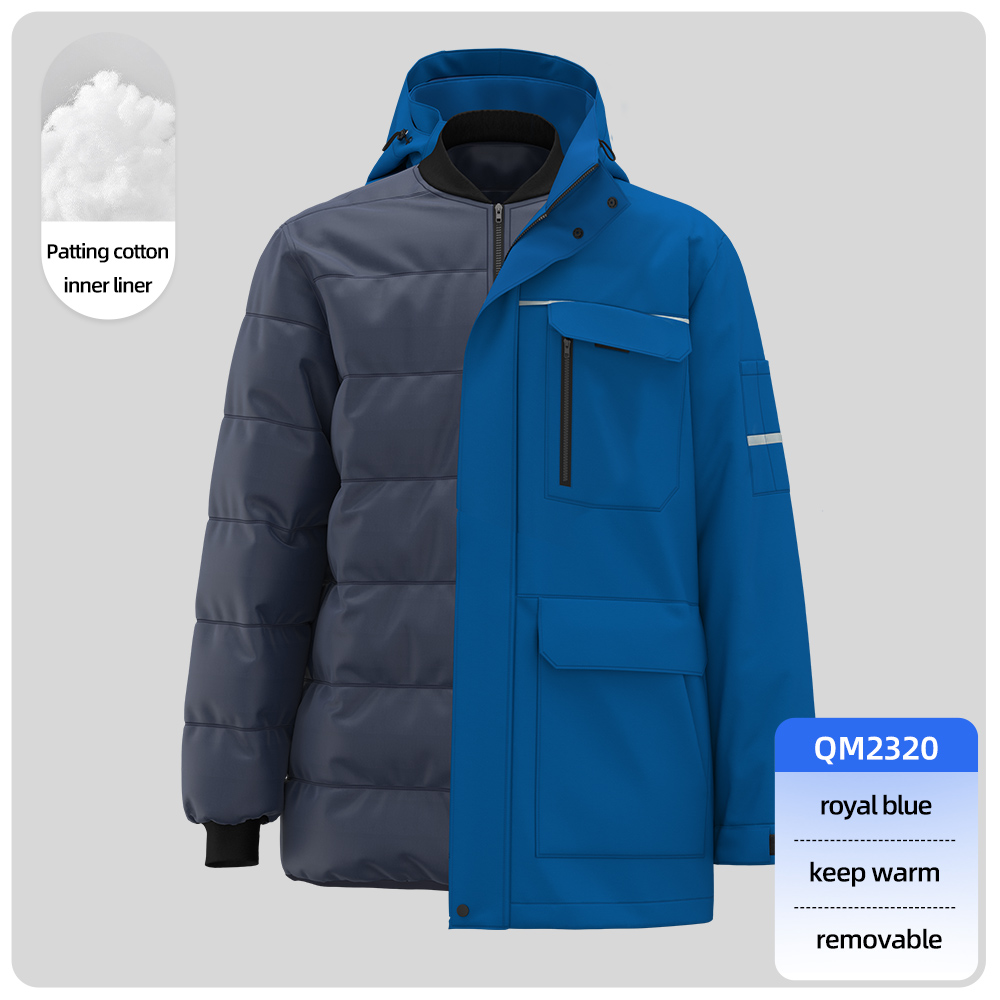Transporting clothing from China to the Middle East requires comprehensive consideration of multiple aspects such as transportation methods, costs, timeliness, customs clearance requirements, and destination delivery.Here are the detailed steps and key considerations:
Ⅰ. Main transportation mode selection
Sea freight (most commonly used)
Full container transport(FCL):Suitable for large cargo volumes (>15 cubic meters).
20-foot container: about 28 cubic meters
40-foot container: about 58 cubic meters
LCL Shipping(LCL):Suitable for small and medium-sized cargoes (<15 cubic meters), with freight charges allocated by volume.
Major ports:
China: Shanghai, Ningbo, Shenzhen Yantian, Guangzhou Nansha
Middle East: Dubai (Jebel Ali Port), Abu Dhabi, Doha (Qatar), Dammam (Saudi Arabia), Kuwait Port
Time limit: about 15-30 days (affected by the route).
Advantages: low cost, suitable for large quantities.
Disadvantages: Slow processing time and requires advance planning.
Air Freight (Rush Order)
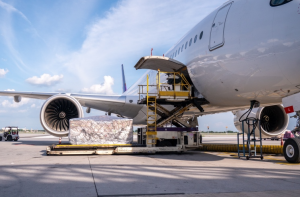
Air Freight Time limit: 3-7 days (direct flights).
Applicable to: high-value, seasonal clothing (such as fashion).
Cost: About 4-6 times that of ocean freight, charged by actual weight or volumetric weight (whichever is higher).
Major airports:
China: Beijing, Shanghai, Guangzhou, Hong Kong
Middle East: Dubai (DXB), Doha (DOH), Riyadh (RUH)
Land + Sea (Special Routes)
China-Europe Express to sea transport: transported by rail to Iran/Türkiye, and then transferred to other parts of the Middle East (such as Saudi Arabia and Kuwait) by sea.
Time limit: about 20-40 days, the cost is between sea freight and air freight.
Ⅱ. Key requirements for customs clearance (with a focus on the Middle East!)
The customs clearance in Middle Eastern countries is strict, so you need to prepare in advance:
Document List:
Commercial invoice (specify HS code)
Packing List
Bill of Lading (B/L) or Air Waybill (AWB)
Certificate of Origin(COO):Usually requires chamber of commerce certification
Conformity certification (such as SASO, GCC certification): Some countries require clothing labels to comply with local standards
Insurance certificate (CIF terms)
Labeling and packaging requirements:
Washing label/ingredient label:It must contain Arabic + English (such as mandatory requirements in Saudi Arabia and the UAE).
Disable Pattern:Avoid religious and political sensitive elements (many countries in the Middle East are sensitive about this).
Packaging without alcohol/porcine ingredients(e.g. glue and packaging fillers must comply with Islamic law).
Import Duties and VAT:
Tariffs: Clothing is usually 5%-15% (for example, some clothing in the UAE is tax-free, and about 12% in Saudi Arabia).
Value Added Tax (VAT): 15% in Saudi Arabia and 5% in the UAE (tax number registration is required in advance).
suggestion:
Entrust a local customs clearance agent in the Middle East (who is familiar with customs clearance delays caused by religious holidays).
Apply for an “import license” in advance (required by some countries such as Saudi Arabia and Kuwait).
Ⅲ. Logistics operation steps
Preparation before export:
Confirm clothing HS code (China Customs)
Labels that meet Middle Eastern standards

double-tax-package Make a value declaration (to avoid customs questioning of under-declaration)
Choose freight forwarder and book space:
Looking for a freight forwarder that focuses on the Middle East line (recommended:Maersk, MSC, Aramex, Agility)。
Confirm the destination port charges (avoid hidden charges).
Shipping & Tracking:
Ocean freight: real-time tracking of container location (e.g. via shipping company website).
Air Freight: Request Master Order Number (MAWB) tracking.
Customs clearance and delivery at the port of destination:
After customs clearance, the goods are delivered to the warehouse/store through local logistics providers (such as Aramex, DHL Express).
Remote areas (such as Oman and Yemen) may require transit in Dubai.
Ⅳ. Cost Optimization Techniques
LCL/CL Grouping: Small and medium-sized sellers can join other cargo owners to share containers.
Free Trade Zone Transit:
First ship the goods to Dubai Jebel Ali Free Zone (JAFZA),By further distributing them to various Middle Eastern countries, customs duties can be saved (no tax is levied on re-export).
Choose a low-cost port:
For example: If goods are to be sent to Saudi Arabia, Dammam Port may be selected (which has lower costs than Jeddah Port).
Long-term contract: Sign an annual contract with a shipping company/airline to lock in freight rates.
V. Risk Prevention
Shipping Insurance:All Risks Insurance (covering marine/air transport accidents).
Payment security:
New customers are advised to pay the balance by letter of credit (L/C) or 30% advance payment + copy of bill of lading.
Compliance Risk:
Avoid infringement of brand design (strict inspection of counterfeit brands in the Middle East).
Confirm religiously sensitive items in advance (e.g. women’s swimwear must comply with local regulations).
Ⅵ. Recommended route reference
| Volume | Recommended routes | aging | cost |
|---|---|---|---|
| >20 cubic meters | Shanghai→Jebel Ali Port (Full container shipping) | 25-30day | $$$(Low) |
| 1-10 cubic meters | Shenzhen→Dubai Airport (air transport) | 3-5day | $$$$$(high) |
| 10-15 cubic meters | Guangzhou→Doha (sea freight LCL) | 28-35day | $$$$(middle) |
| Middle Eastern inland cities | Ningbo→Iran Abbas Port+land transportation to Iraq | 35-45day | $$$$(middle) |
VII. Frequently Asked Questions
Yes, the seven Gulf countries (Saudi Arabia, UAE, Kuwait, etc.) require GCC certification (now upgraded to SABER certification), and some other Middle Eastern countries require third-party quality inspection reports.
- Saudi Arabia: Must apply for PC (Product Certificate of Conformity) + SC (Shipment Certificate of Conformity) through SABER platform
- Kuwait/Qatar: G-mark certification (based on GSO standards) is required
- Iran/Iraq: SGS or BV third-party quality inspection report is usually required
Core projects include:
Physical safety: formaldehyde content (≤75ppm), azo dyes prohibited, heavy metal detection
Label Specification:
The care label/ingredient label must contain Arabic + English (such as “100% قطن/Cotton”)
Origin label (such as “MADE IN CHINA”)
Fire resistance: Specific categories such as children’s pajamas require flame retardant testing (such as ISO 6941)
Three-step operation:
Sample testing:Find a GCC accredited laboratory (such as TÜV Rheinland, Intertek) to test clothing compliance
Apply for a certificate:
Saudi Arabia: Submit test report on SABER platform → obtain PC certificate → apply for SC certificate before shipment
Other countries: Submit the test report through the local importer in exchange for the customs clearance certificate
Cost reference:
The testing fee for a single product is approximately $300~800
SABER certification fee is about $200~400/batch
- Goods are detained or destroyed at the destination port (Saudi Arabia fines up to 200% of the value of the goods)
- Included in the customs blacklist, affecting subsequent exports
Yes! Port/customs clearance efficiency drops by 30%-50%, and it is recommended to ship 2 months in advance.
- Indicate the material composition on the invoice (e.g. 100% cotton)
- Provide clear photos of the goods
- Avoid understating the value of the goods (factory price + 20% profit is recommended).
Key reminder:
✅ Get certification 2-3 weeks in advance (Saudi Arabia SABER review takes 3-5 working days)
✅ Children’s clothing/underwear requires additional testing of pH value (5.5~7.0) and color fastness (≥4 level)
✅ Cooperating with local importers in the Middle East can simplify the process (some countries allow them to apply for certification on your behalf)
Data source: GSO (Gulf Standardization Organization) Regulation No. BD-131704-01
By following the above steps, you can deliver your clothing to the Middle East market efficiently and legally. Be sure to reserve at least 10 days to process customs clearance documents and work with an experienced Middle East freight forwarder to significantly reduce transportation risks.

